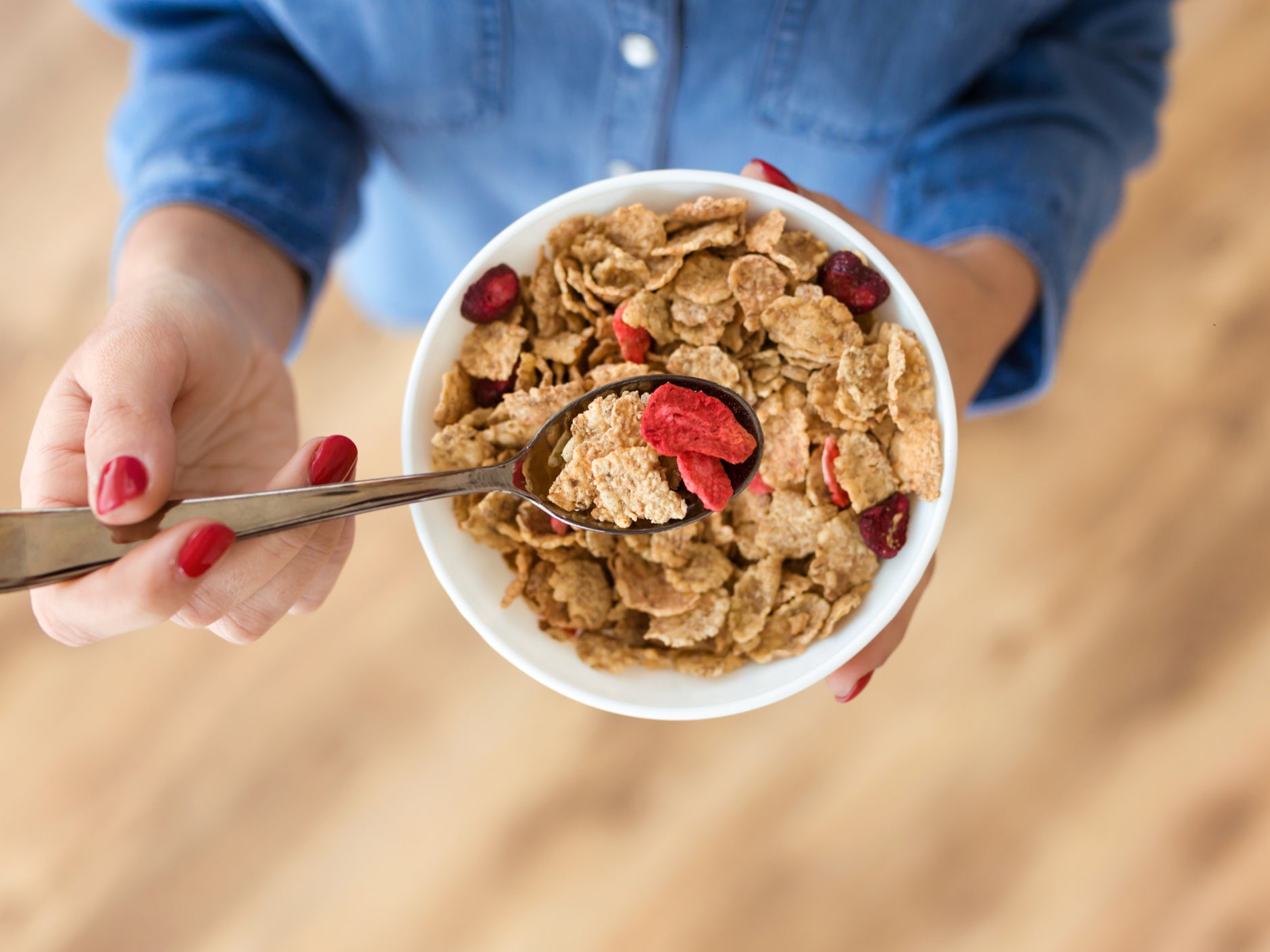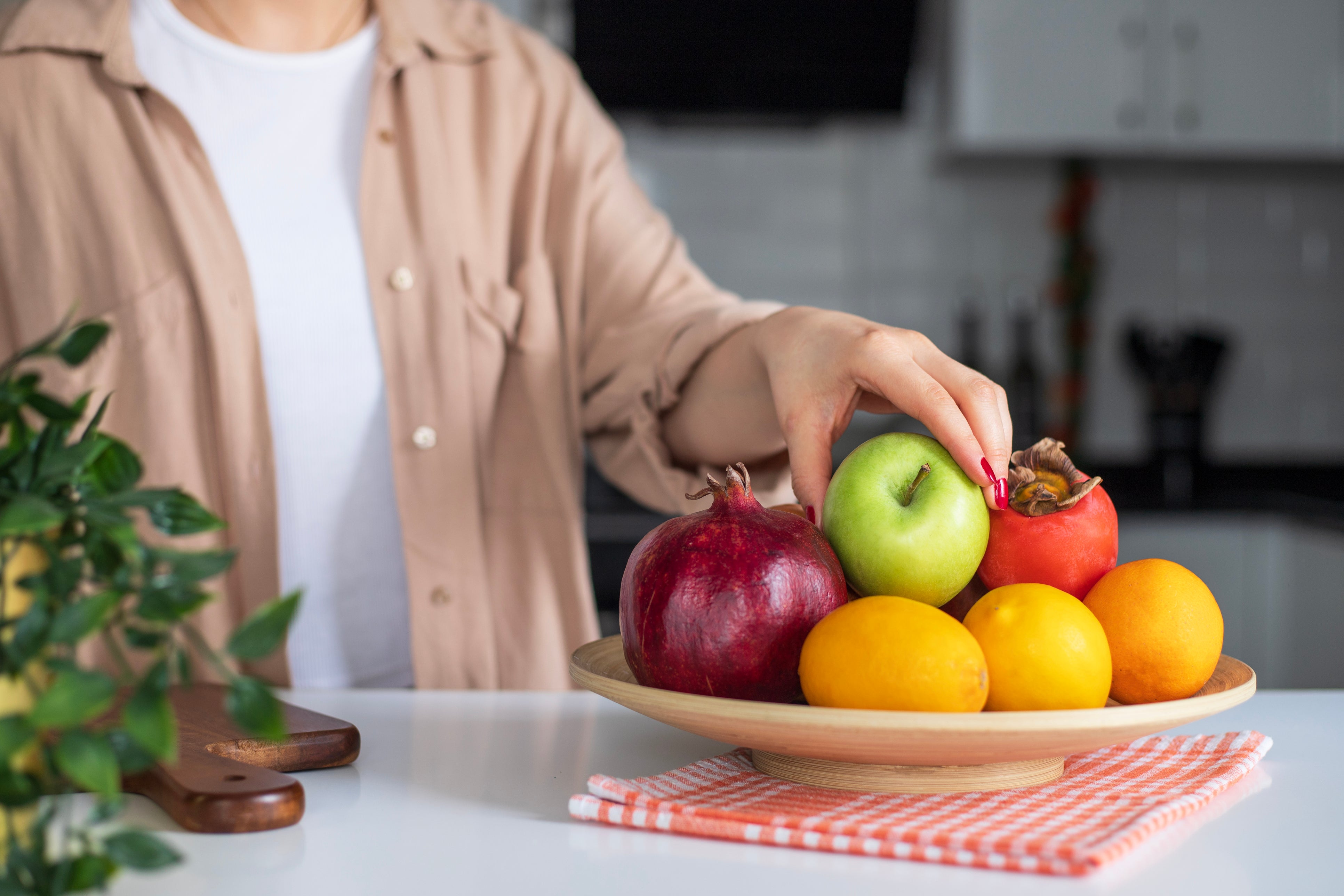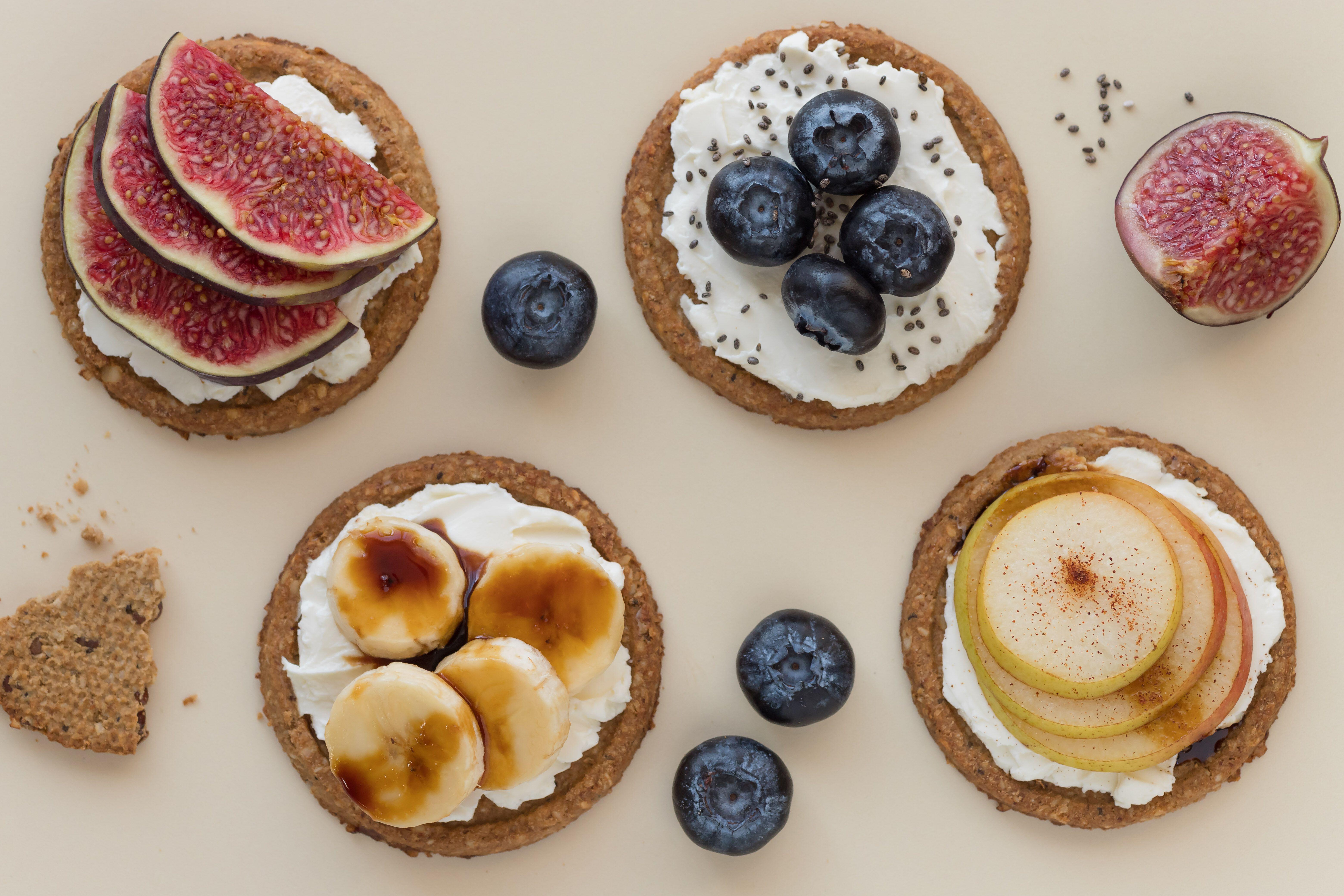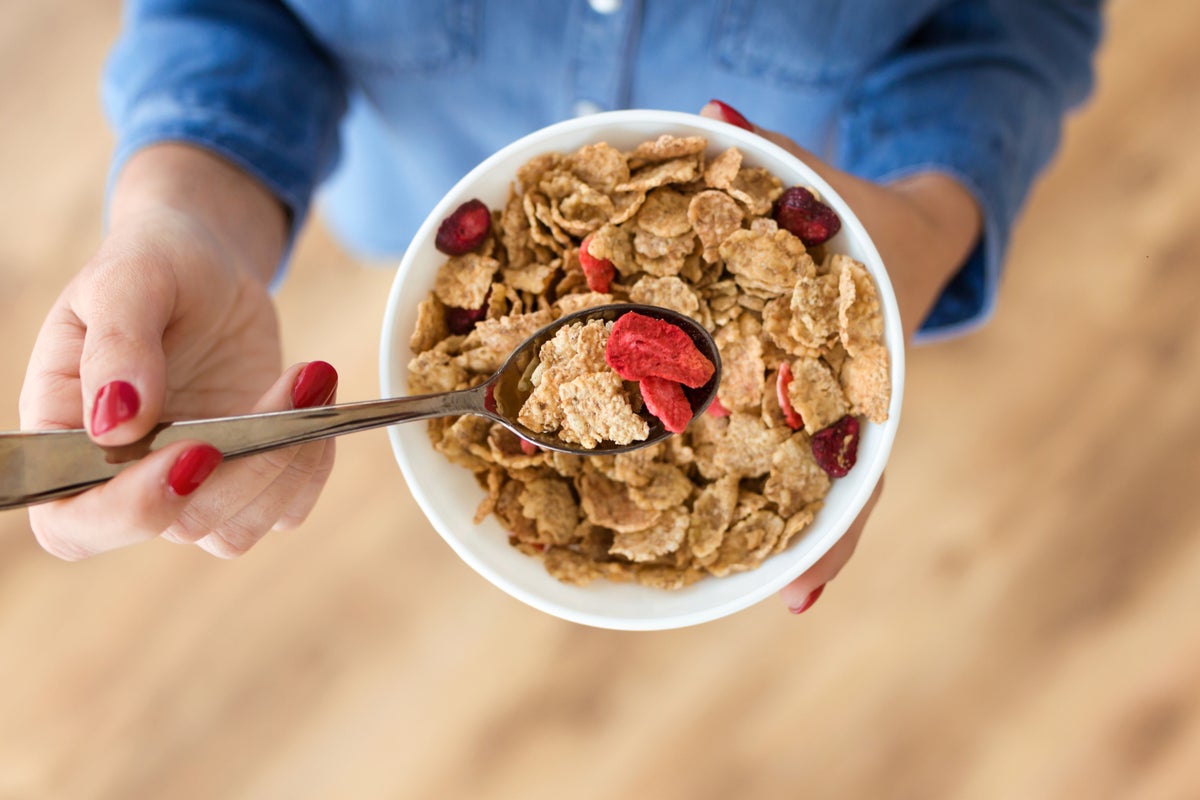Your support helps us to tell the story
From reproductive rights to climate change to Big Tech, The Independent is on the ground when the story is developing. Whether it’s investigating the financials of Elon Musk’s pro-Trump PAC or producing our latest documentary, ‘The A Word’, which shines a light on the American women fighting for reproductive rights, we know how important it is to parse out the facts from the messaging.
At such a critical moment in US history, we need reporters on the ground. Your donation allows us to keep sending journalists to speak to both sides of the story.
The Independent is trusted by Americans across the entire political spectrum. And unlike many other quality news outlets, we choose not to lock Americans out of our reporting and analysis with paywalls. We believe quality journalism should be available to everyone, paid for by those who can afford it.
Your support makes all the difference.Read more
Dietary fibre is a cornerstone of good health, but is often overshadowed by other nutrients.
It also becomes particularly vital as we age.
Fibre’s extensive benefits, from supporting robust digestion to lowering the risk of chronic diseases, are frequently underestimated.
This leads many to fall short of the recommended daily intake.
We consulted Katie Sanders, a Doctify-rated dietitian and nutritionist specialising in IBS and gut disorders, to look at fibre’s crucial role in later life.
She says fibre is often overlooked, but there are simple strategies for effortlessly boosting your daily consumption.

open image in gallery
Fibre is good for gut health (Getty Images/iStockphoto)
“Fibre has lots of different roles, especially around gut and digestive health,” says Ms Sanders.
“It adds bulk, helps soften stools and reduce constipation, and sometimes that can be more of a problem as we get older and less mobile.
“We also know that straining and increased pressure of moving stuff through the gut can worsen existing diverticular disease, which is significantly more prevalent in older adults.”
Fibre can also help improve the gut microbiome, promote feelings of fullness and help regulate blood sugar control, she adds.
Furthermore, there is also strong evidence that eating plenty of fibre is associated with a lower risk of heart disease, stroke, type 2 diabetes and bowel cancer, according to the NHS website.
“Fibre also plays a good role in helping with heart health, metabolic health and longevity,” says Ms Sanders.
“Higher fibre intake has been associated with a reduced risk of early deaths, cardiovascular disease, diabetes and certain types of cancers.”

open image in gallery
Research shows that people who meet their recommended daily fibre intake have a lower risk of developing, or dying from, several health conditions such as coronary heart disease (Getty Images / iStock)
What are the different types of fibre?
Soluble and insoluble fibre are the two main types of dietary fibre.
“Soluble fibre (such as oats, beans and pulses) absorbs water and goes into a gel-like consistency through the gut,” explains Ms Sanders. “Whereas, insoluble fibre is the slightly more kind of that indigestible stuff (such as the stalks, skins and pits of things) that adds a lot more bulk to the stool.”
The dietitian highlights that it’s important to incorporate both types of fibre into your diet.
“Most fruit and veggies will have a mixture of soluble and insoluble fibre to them – it’s not that they’re strictly one or the other,” says Ms Sanders.
“So, I think having a really good variety is really key and good for gut health in general.”
What is the recommended fibre intake for adults?
Government guidelines say that we should aim to eat at least 30g of fibre a day, as part of a healthy balanced diet, according to the NHS website.
However, most adults are only eating an average of about 20g a day.

open image in gallery
Most fruits contain a mix of soluble and insoluble fibre
Why do many people not eat enough fibre?
When it comes to diet, a lot of people think more about their intake of sugar, salt and protein, but not necessarily about fibre.
“Perhaps fibre is often not being seen as a priority or as important,” says Ms Sanders.
“Also, I think lots of people may not actually know or understand the 30g-a-day requirement, why it’s important and actually what that looks like in terms of food.”
Here are some easy ways to incorporate more fibre into your diet…
1. Choose a cereal that is high in fibre
“If you’re having quite a low-fibre breakfast cereal, swap to a higher-fibre cereal, whether that’s oats or a wheat-based cereal like Weetabix or Bran Flakes,” recommends Ms Sanders. “This will immediately increase your fibre intake by quite a lot.”
2. Add extra vegetables to your evening meal
“Lots of people view fruit and veg as being more expensive, but you can get frozen mixed vegetables or buy budget friendly tinned beans and pulses. It doesn’t have to be anything really elaborate or fancy.”
3. Swap white bread for a higher fibre alternative
“If you’re eating a lot of white-based starches like white bread, consider going for brown, wholemeal, granary or seedy bread instead to increase your daily fibre intake.”
4. Eat a teaspoon of linseeds
“For people struggling with constipation, one thing I often recommend is a tablespoon of golden linseeds and to wash it down with a glass of water.”
5. Eat a kiwi everyday
“Kiwis are a really good source of fibre and some research suggests that they can really help with constipation,” says Ms Sanders.
One study found that the habitual consumption of two gold kiwifruit daily is at least as effective as fibre-matched psyllium supplement in treating constipation in adults, with fewer side effects, and offers greater ease of defecation through the improvement of stool consistency and reduction of straining.
6. Snack on oat cakes instead of digestive biscuits
“Swap digestive biscuits for some oat cakes to get another couple of grams of fibre into your diet,” suggests Ms Sanders.

